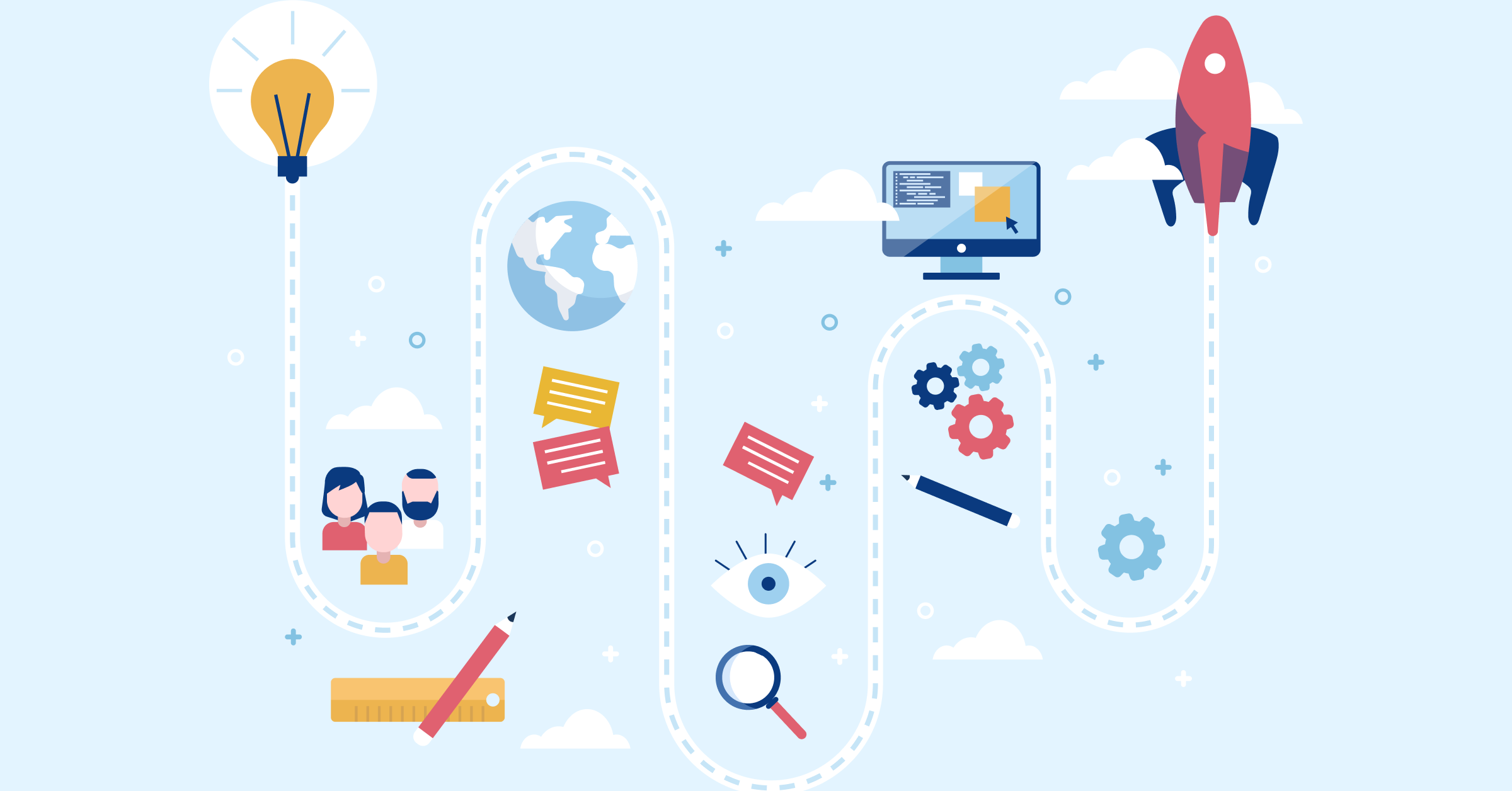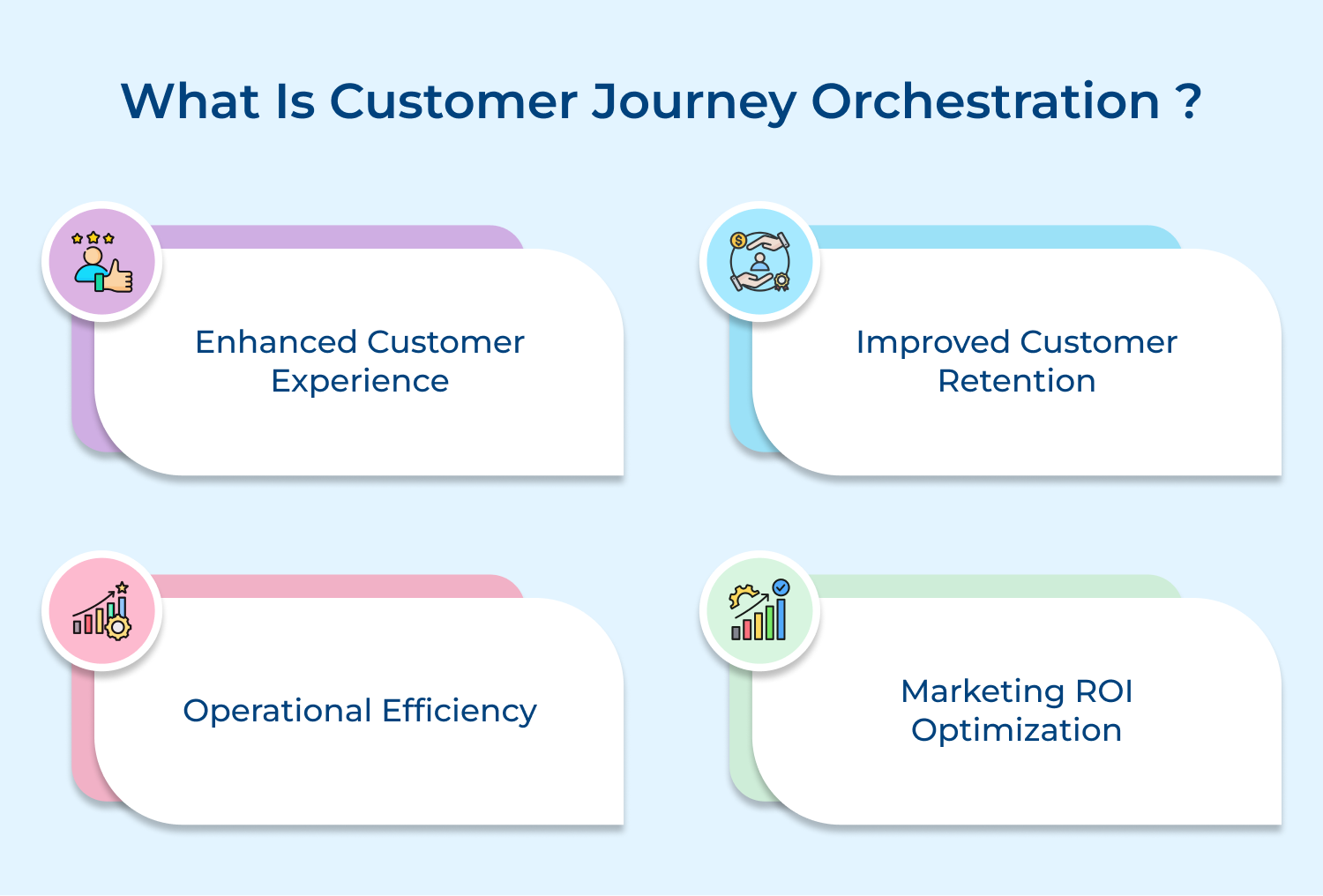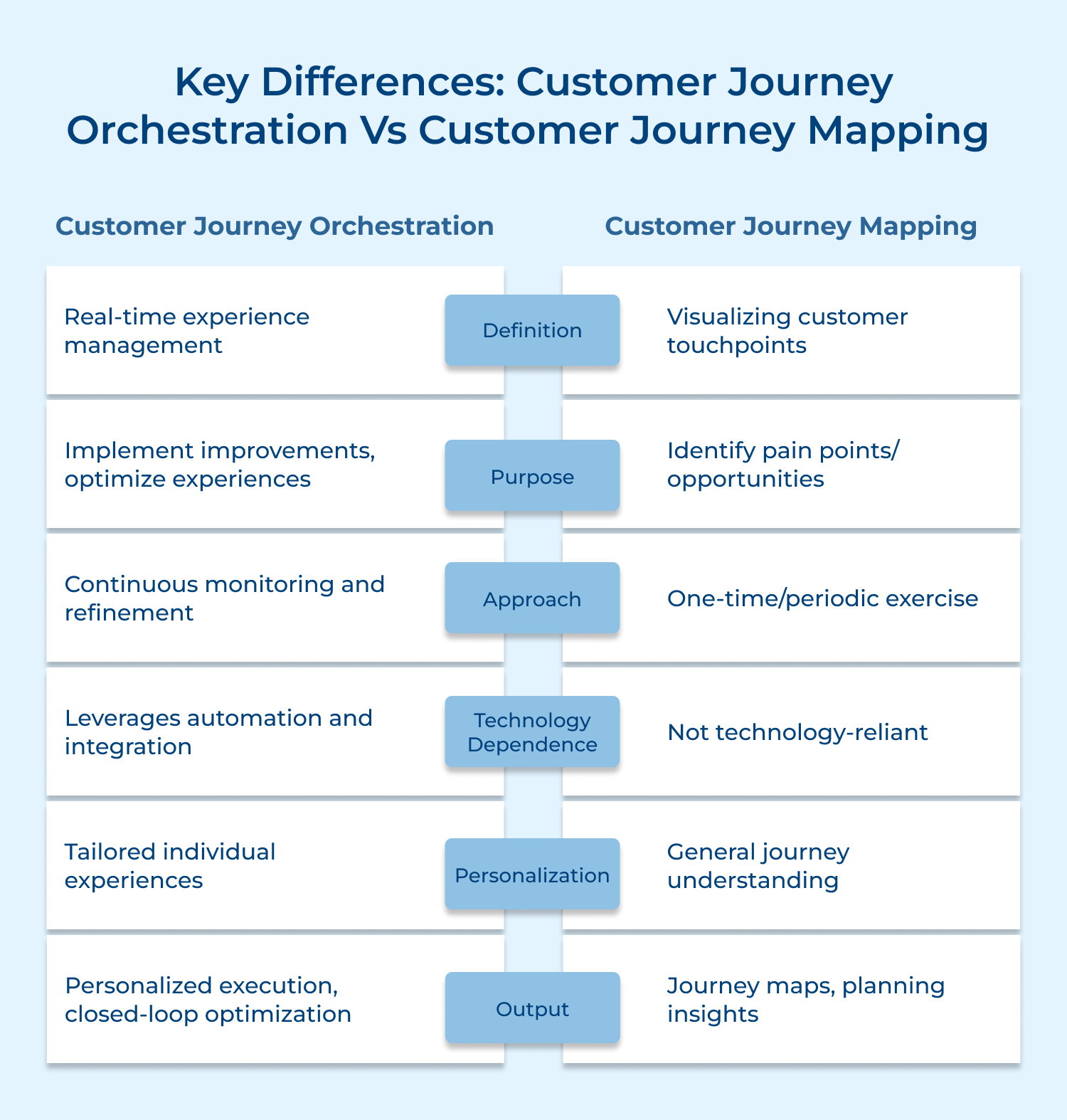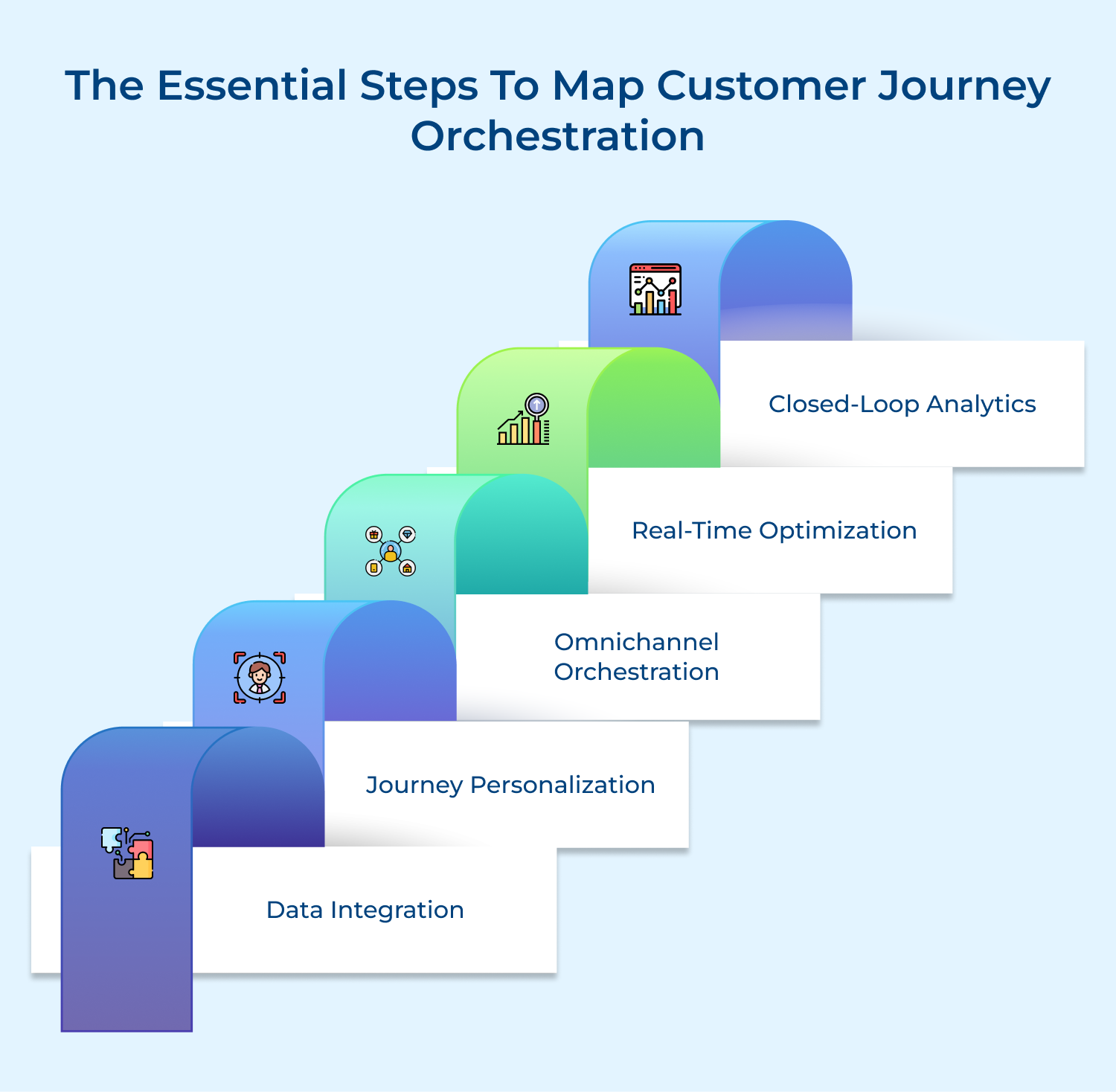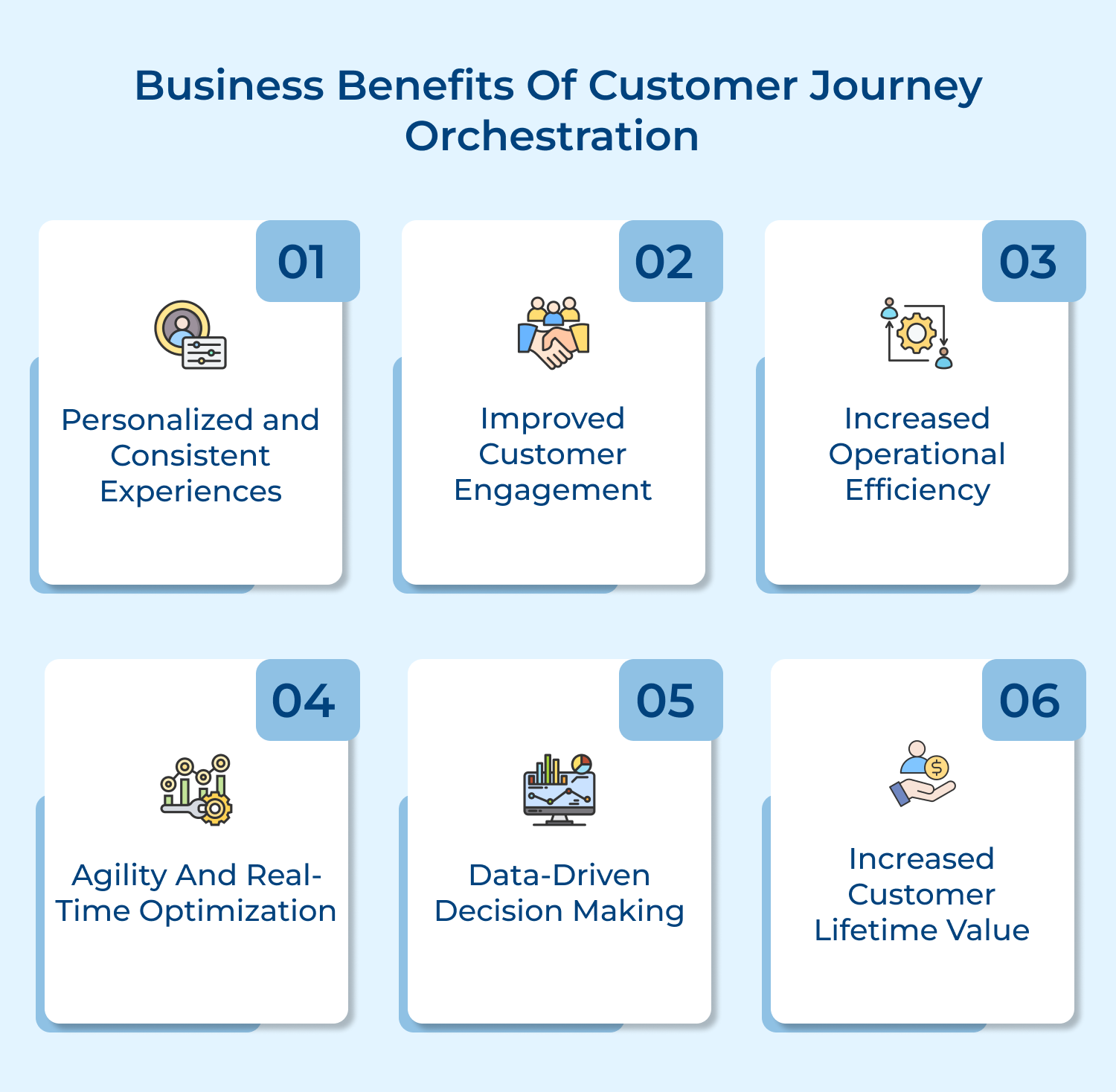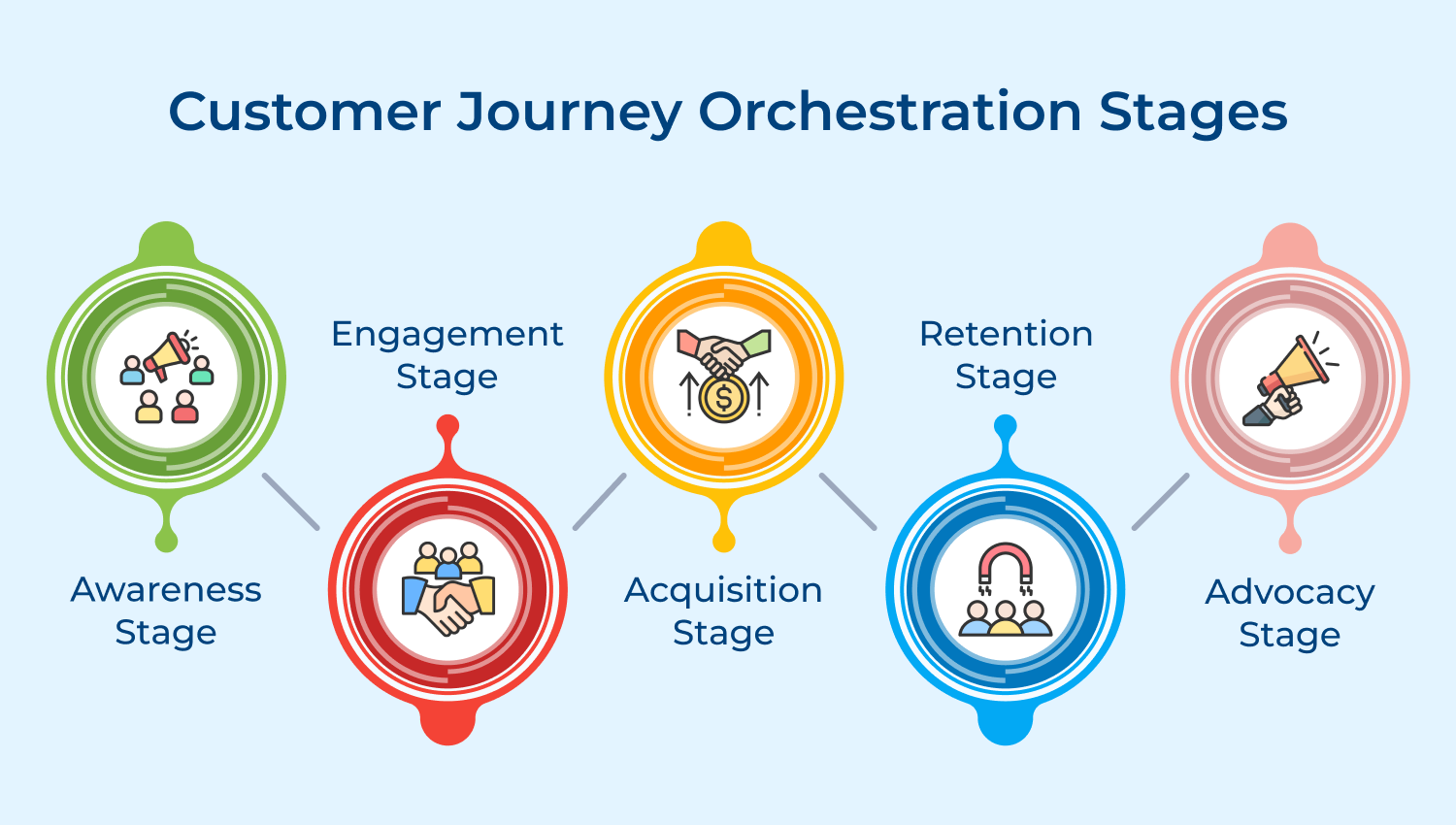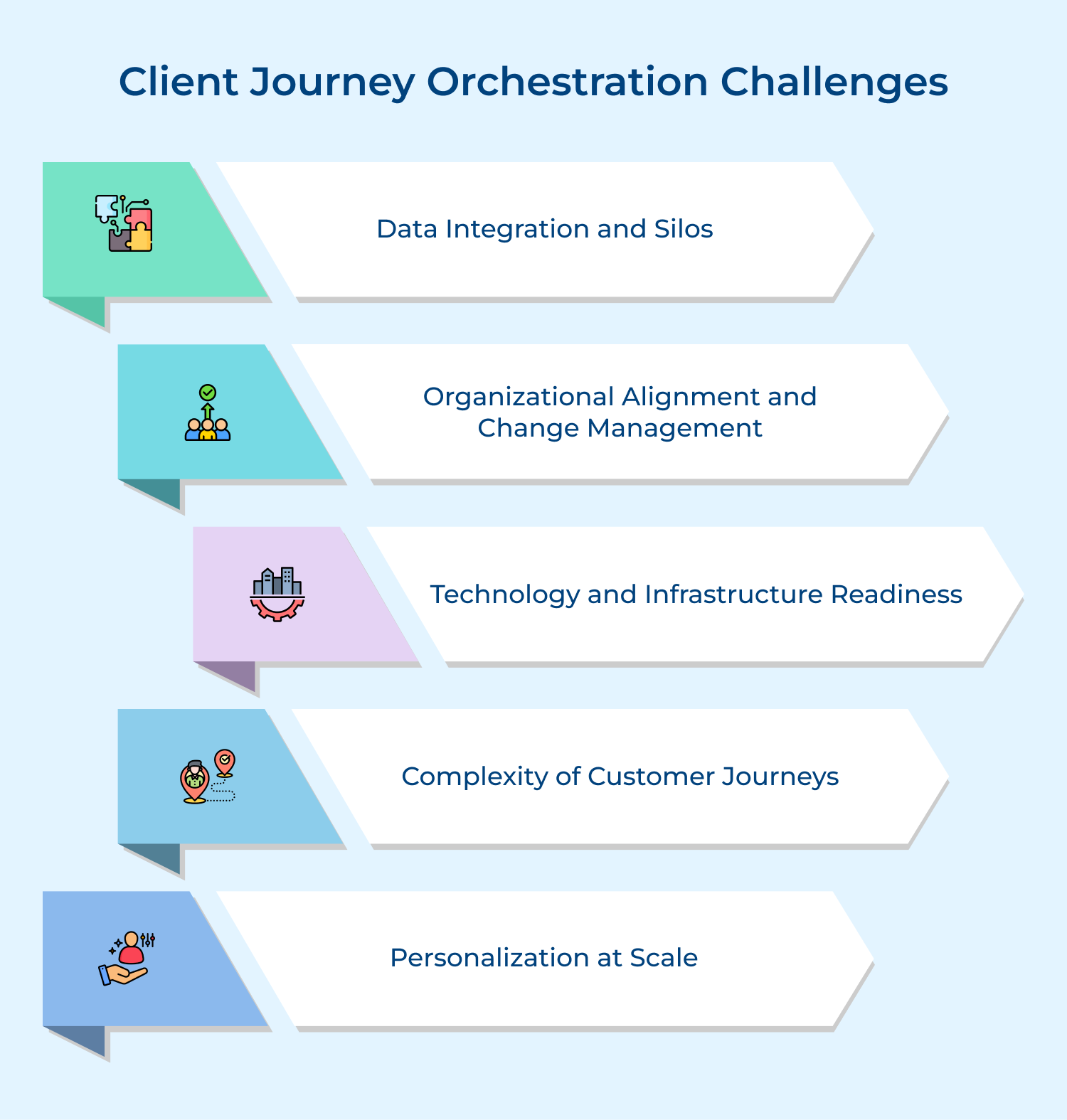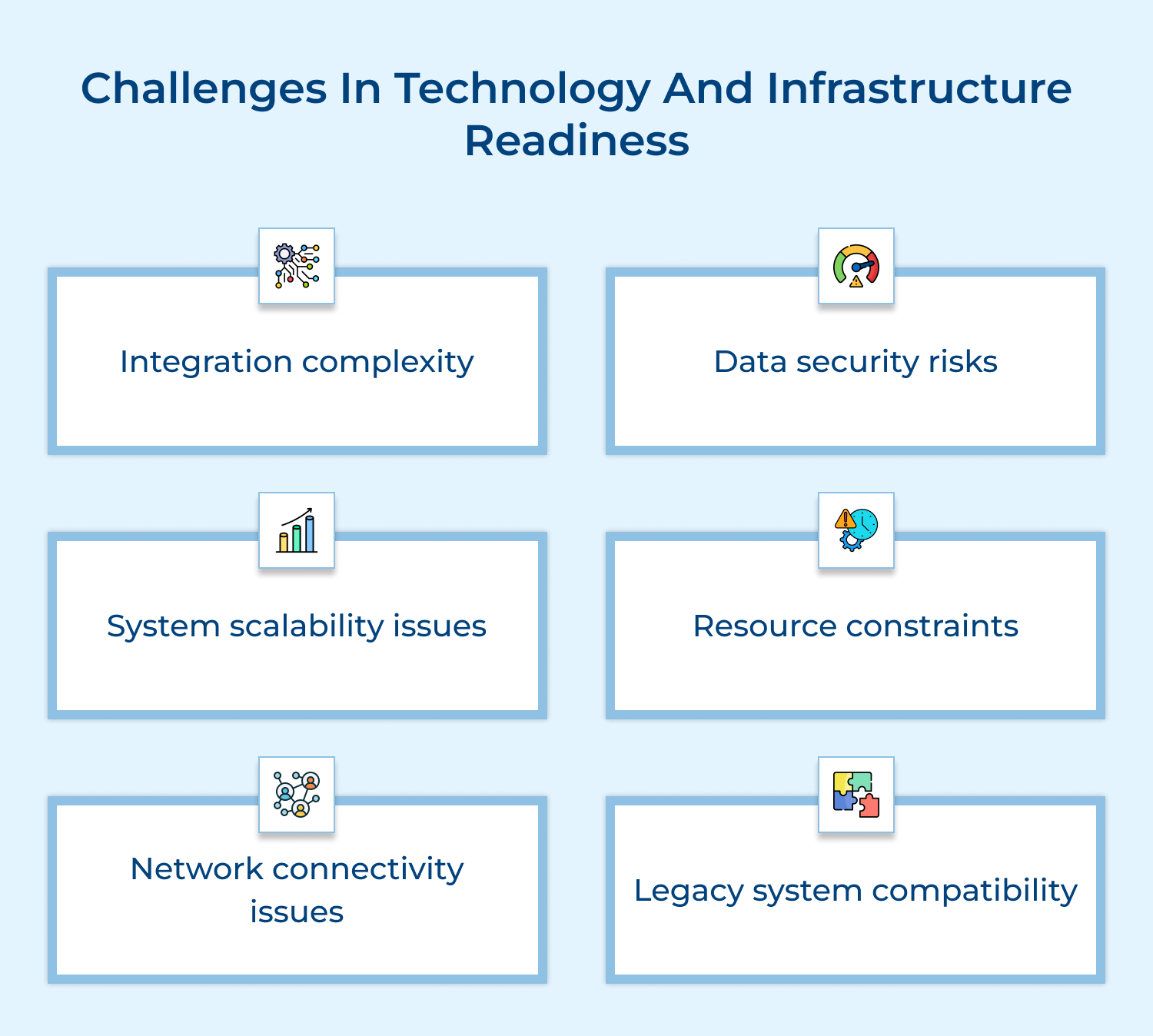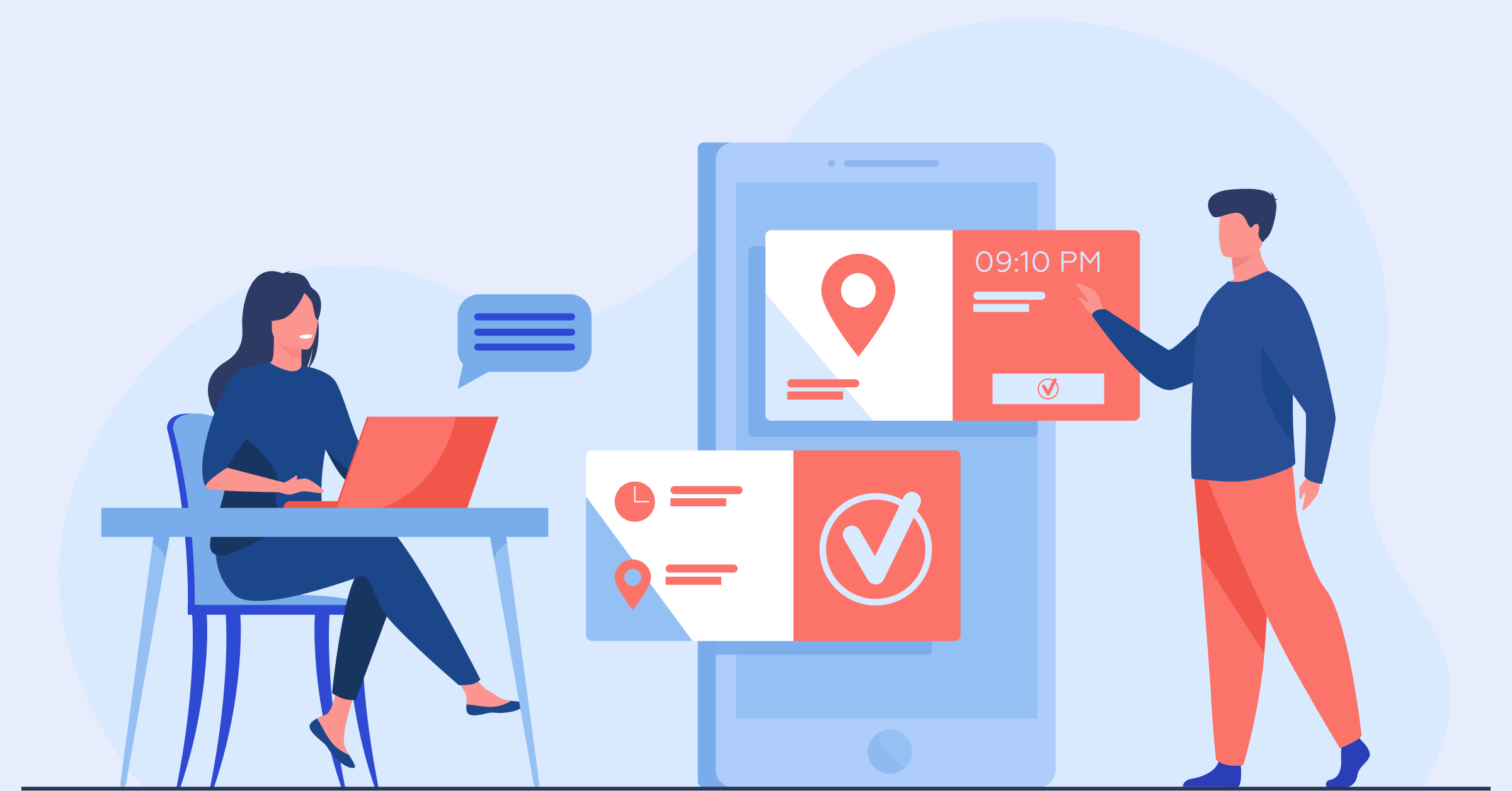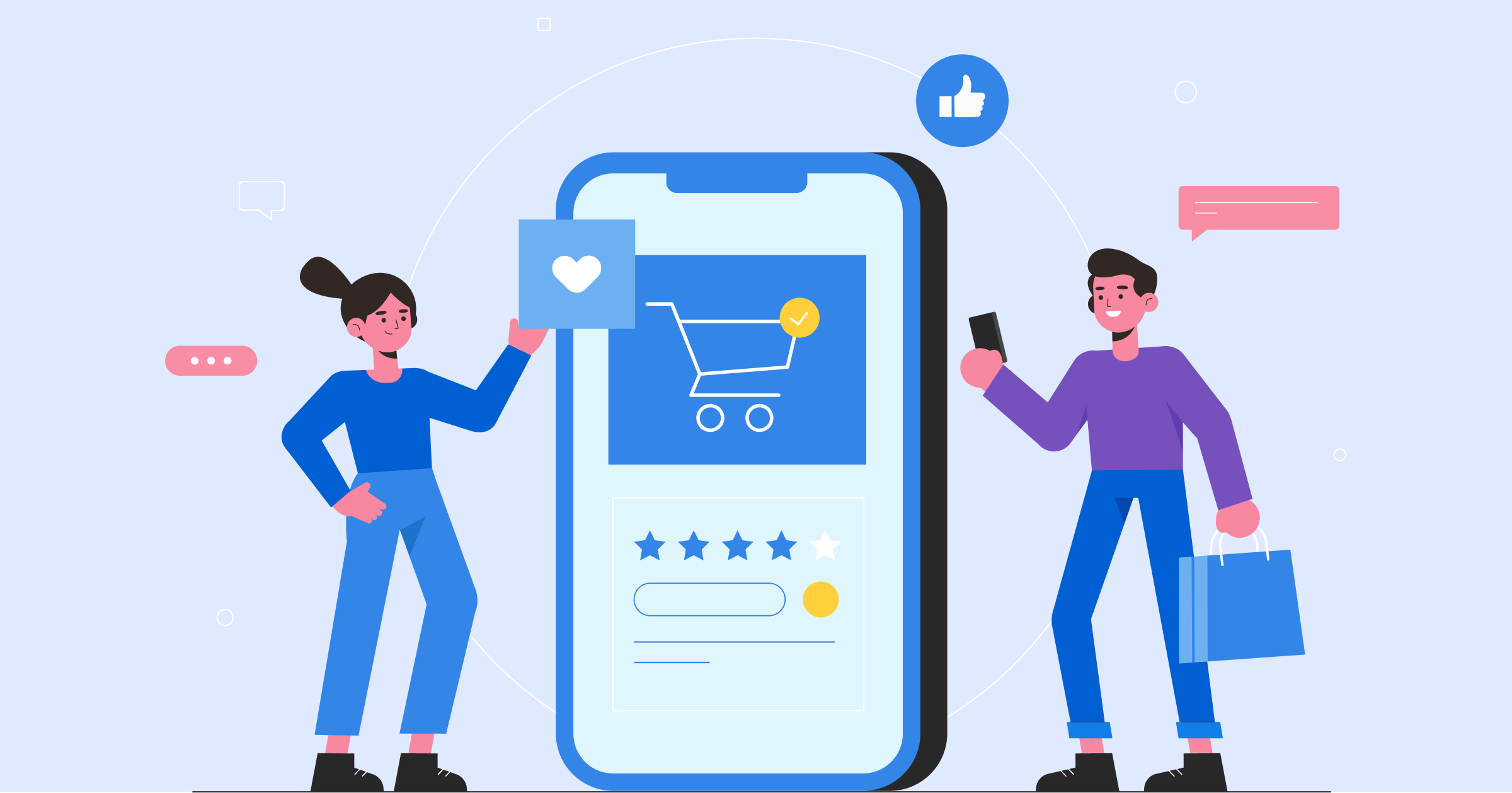1. Awareness Stage
The awareness stage is the first step in the customer journey, where potential customers become aware of your brand, products or services. Building awareness is crucial for attracting new customers and setting the foundation for future interactions.
Brands can deliver marketing messages through channels like email, social media ads and display ads, increasing brand awareness and reaching potential customers at the right time and place.
2. Engagement Stage
The engagement stage is where potential customers actively interact with your brand, products or services. Delivering a seamless and contextual experience during this stage can increase interest, understanding and the likelihood of conversion.
Websites can be tailored to display relevant content, product demos and personalized recommendations based on the visitor’s behavior and preferences, enhancing the engagement and providing a more immersive experience.
3. Acquisition Stage
The acquisition stage represents the conversion of potential customers into actual customers. Making a positive impression during this stage is crucial for securing sales and setting the tone for future interactions.
New customers can be guided through the onboarding process with interactive product tours, chatbots to answer initial queries and helpful onboarding emails, ensuring a smooth transition to becoming an active user and increasing the likelihood of retention.
4. Retention Stage
Retaining existing customers is often more cost-effective than acquiring new ones. This stage is crucial for maintaining customer loyalty, preventing churn and increasing customer lifetime value.
Brands can implement loyalty programs with personalized rewards, exclusive discounts, or early access to new products based on customer behavior and purchase history, fostering a sense of appreciation and incentivizing continued engagement.
5. Advocacy Stage
Advocates can be powerful brand ambassadors, driving word-of-mouth marketing and attracting new customers through their positive experiences and recommendations.
Highly satisfied customers can be recruited as brand ambassadors or advocates, sharing their positive experiences through referral programs, testimonials or other advocacy initiatives, which can significantly influence potential customers’ perceptions and decision-making.
Client Journey Orchestration Challenges
Implementing customer journey orchestration can be a complex and challenging task for organizations.
